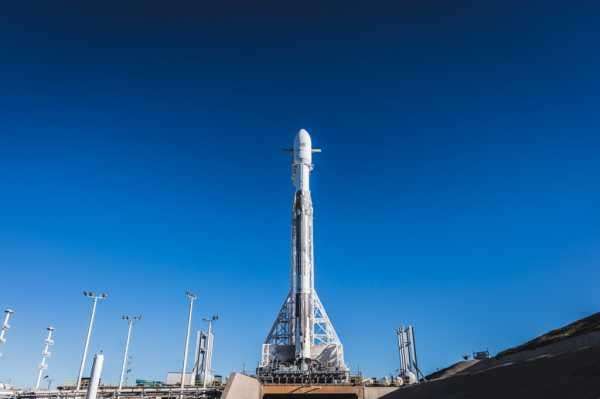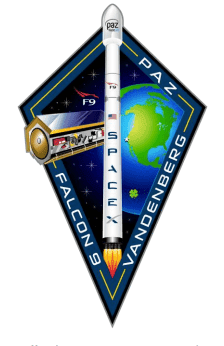
The commercial spaceflight firm SpaceX is planning a rocket launch early Thursday morning after high winds forced the company to scrap a liftoff scheduled for Wednesday.
The recycled Falcon 9 rocket is expected to carry PAZ, an observation satellite financed by the Spanish military, along with two experimental broadband internet microsatellites for SpaceX’s internet venture, Starlink.
The rocket is scheduled to take off from Vandenberg Air Force Base in Southern California at 6:17 am PST (9:17 am EST), and the satellites are expected to deploy 11 minutes after launch.
You can watch the live stream here:
This will be relatively low-key, at least compared to the dazzling February 6 Falcon Heavy rock launch of a Tesla Roadster toward Mars with the David Bowie-inspired “Starman” at the wheel. (You can still watch Starman live and track its orbit at the Where Is Roadster website.)
Reusable rockets are a key part of SpaceX founder Elon Musk’s vision for low-cost space travel, though the company is not planning to recover the first stage of the Falcon 9, its workhorse two-stage rocket, after Wednesday’s launch. It was delayed from an initial date of February 18 to check upgraded fairings on the vehicle.
The PAZ satellite, which will be used by Hisdesat and Airbus, is equipped with advanced radar and will orbit Earth 15 times a day over its five-and-a-half-year mission, producing images of resolutions down to 10 inches, regardless of weather conditions. It will travel 4.3 miles per second at an altitude of 320 miles.



Meanwhile, the two microsatellites will be the vanguard of a fleet of 4,425 spacecraft orbiting between 600 and 800 miles above Earth, part of an effort to blanket the planet in high-speed internet, Wired reported.
Sourse: vox.com






